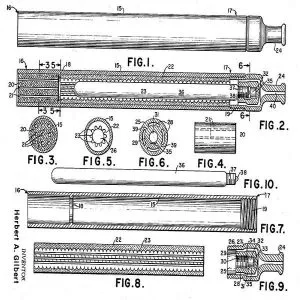Nova Scotia proposes province wide e-cigarette legislation
Nova Scotia Proposes province wide e-cigarette legislation The new proposed legislation will proses aggressive restrictions against electronic cigarettes province-wide. These potential relations would include: Restrictions of selling e-cigarettes to those 19+ No displaying e-cigarettes on stores No advertising e-cigarettes Ban the use of e-cigarettes indoors Ban any ‘flavorings’ added to e-liquid, except menthol Health Minister … Read more











